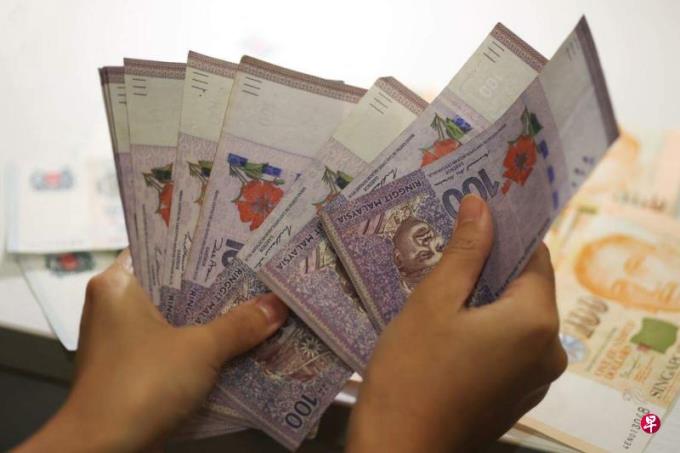
3.5 has caused a lot of discussions in the past week.Some netizens uploaded a picture, and a child in the picture asked his mother, knowing what 3.5 is.Mom thought that 3.5 was a child's test point (GPA) in the school, but it turned out that the child said 3.5 was the exchange rate of the new Yuan to Malaysia.
The innovation low against Xinyuan in Nongji once again triggered the "currency exchange tide" in front of the coin exchange store.The merchant even sold the RMB out stock .From the Singapore dollar at the beginning of this year against RM 3.21, to the current level of about 3.5, the decline in this year is second only to the yen in Asian currencies.
There are several main factors that lead to a decline in the Termis.The market generally believes that the US Federal Reserve will further raise interest rates, and the high interest rate environment will maintain some time. In addition, the National Bank of Malaysia will suspend interest rate hikes from July this year, which means that the Assets assets have a decrease in the attraction of the US dollar investors.It also softened accordingly.The sudden outbreak of the Harbin conflict this month has increased the psychology of the market to avoid risks, turning investment to the US dollar assets that are regarded as a security port.
On the other hand, the economic growth rate of China's largest trading partner in Malaysia has slowed down and indirectly affects the performance of Malaysia's exports.As of September this year, the exports of Malaysia have fallen for seven consecutive months.The decline in the global commodity price has also affected the performance of the ringgit.
From the perspective of consumers in Singapore, the depreciation of the ringgit is good news, because there is reason to have a reason to "fight".However, each time the new Yuan Daoli exchange rate is innovative, or to break through some digital barriers, it will inevitably lead to a discussion and even comparison of netizens in the two places of New Malaysia.Some people teased that Malaysian compatriots who worked in Singapore also entrusted the exchange rate for the blessing of "salary increase"; some prediction exchange rates would still be high in the future; some Johor people were worried that prices would be pushed up by Singapore consumers;Malaysia citizens are willing to accept lower salary, and weaken their workplace competitiveness and affect work opportunities ...
It seems that the fluctuations in several numbers in the area have already affected the sensitive nerves of the people of the two places.It can also be seen from their expressions that behind the strong or weak currency, there are no absolute winners and losers.
But psychologically, it is not difficult to understand why whenever the Singapore yuan exchange rate rises, there will always be people who lamented that the performance of Lingji is not good.When Singapore, Malaysia and Brunei began issuing their respective currencies in 1967, the currency value was equal.However, in 1973, Malaysia terminated the exchange agreement with the new and text currency equivalent. After that, the currency value was no longer equal because of the different economic development path.The gap between NSW and Terki in the currency value directly reflects the emotional gap in the two groups of two groups calculated by Xinyuan to calculate revenue and calculate the income from Tingji.
Theexchange rate, and the consumption power and growth of the following are objective, and in the subjective category, it is the mentality of looking at the 3.5 times consumption power.What the author cares about is that relying on the currency holding more firmly, he will discuss the practice of another national national conditions in a contempt or a high -person gesture.This not only highlights its lack of pattern, but also does not help to maintain a friendly cooperation atmosphere of construction significance.
Analysts pointed out that Malaysian decision makers have to weigh on the next weighing that they must accept economic adverse factors with high interest rates, or risk the macroeconomic and currency unstable risks.However, some analysts believe that if the Chinese economic recovery and the market are optimistic about the Federal Reserve ’s interest rate cuts, Lingji can recover some lost land in the first quarter of next year.
Whether it is to choose to continue to soften, or adjust the interest rate to keep up with the pace of other regional currencies, it tests the ability of decision makers.This also shows that the currency maintains the toughness in the turbulent global environment without harming the interests of the people, and the task is arduous.However, in addition to these policy tools, it is also important to jointly expand opportunities with other countries in emerging fields such as green and digital economy and create value.


